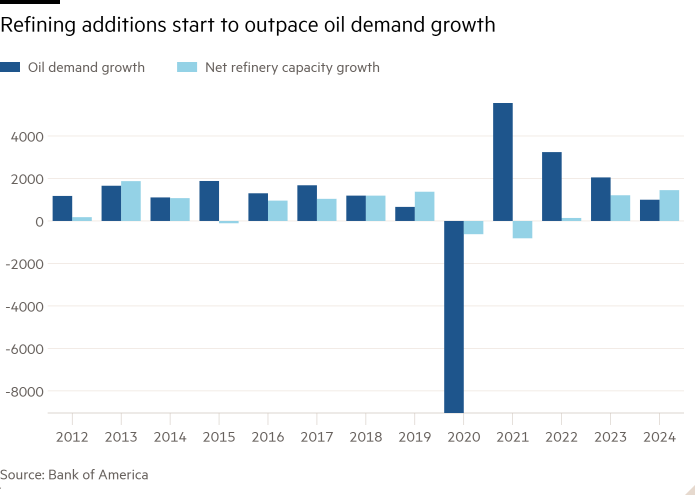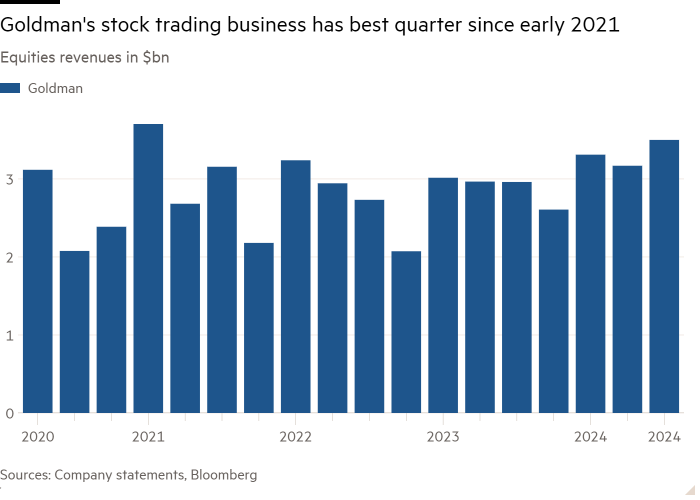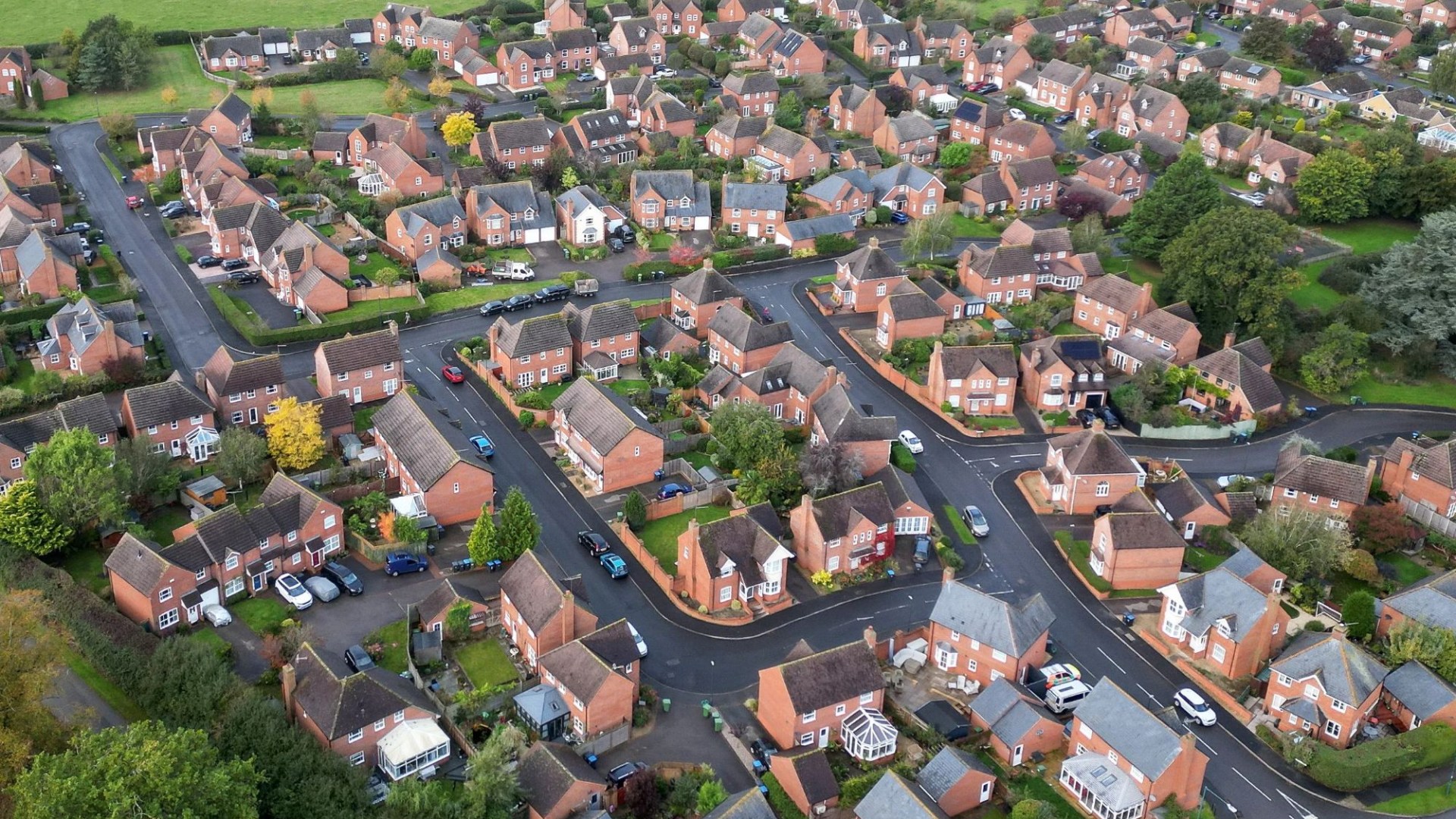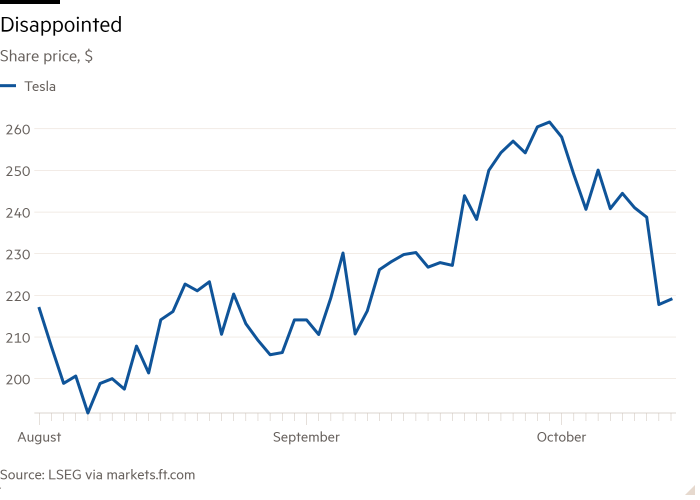For the integrated oil and gas company of yore, downstream operations were something of a hedge. When oil supply gushed and prices fell, relatively stable refining and marketing divisions provided a countercyclical — and cash-generative — cushion. But the current refining slump, highlighted by TotalEnergies on Tuesday, alongside BP and Shell last week, comes at a time of softer oil prices, a double whammy for beleaguered oil majors.
In part, lower refining margins reflect normalising conditions in the market after Russia’s full-scale invasion of Ukraine caused them to rise. Indeed, while refining margins have fallen about 50 per cent over the past year according to LSEG, they are back within historical ranges.
But this also highlights the fact that there is more than one sort of oil price slump. Refining margins are largely uncorrelated to oil prices when these fall because of excess crude supply. When the problem is wilting demand, that reduces the utilisation of refining capacity and hits downstream margins too.
That is a reasonable description of where we stand today. Oil demand growth has been underwhelming, likely to average less than 2mn barrels a day over 2024 and 2025. Meanwhile, new refineries are being built, mainly in the Middle East and Asia. These will add 3.9mn b/d of refining capacity by the end of 2025, according to Christopher Kuplent at Bank of America.

The net result is that about 2mn b/d of capacity globally will probably come under pressure to halt production. It is a fair bet that these facilities will be concentrated in Europe, which has the oldest plants and the highest energy costs. The process has already started, with BP and Shell planning capacity closures in Germany. Grangemouth, in Scotland, is also slated for the chop.
Should refining spew out more bad news, European majors will not be equally affected. Many have reduced their footprints over time. Indeed, refining was only just over 10 per cent of group ebitda last year for BP, Total and Shell. Others remain more exposed. At Repsol, for instance, refining contributed more than 30 per cent of ebitda, according to BofA’s calculations. That points to a potential pain point.
The downturn in European downstream is a long-term trend, which will not be helped by the green transition. The continent’s oil and gas companies may be hoping that an — as yet unseen — pick-up in demand delays the day of reckoning. Should that come courtesy of ever-lower oil prices, however, the impact on group revenues would be greater still. They should be careful what they wish for.







![More than half of homeowners want to improve not move spending big on their current home instead of buying a new one. Release date – October 15, 2024. A poll of 2,000 adults who own a property, found 41 per cent love their home leaving 53 per cent wanting to adapt it to suit […]](https://www.thesun.co.uk/wp-content/uploads/2024/10/000-renovations-24-per-cent-940938501.jpg?strip=all&w=960)


































































































































You must be logged in to post a comment Login